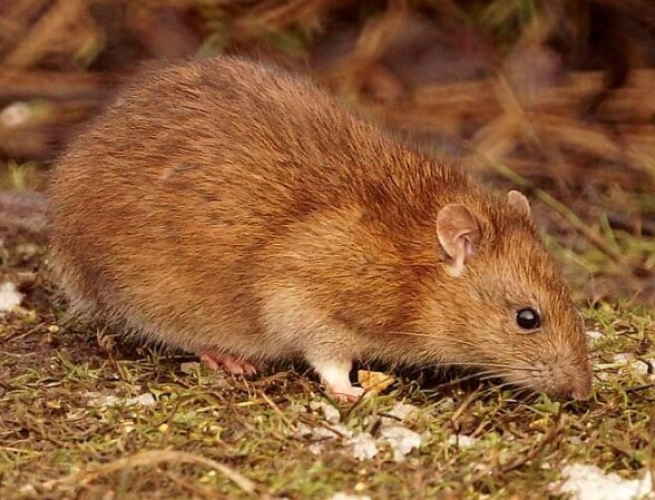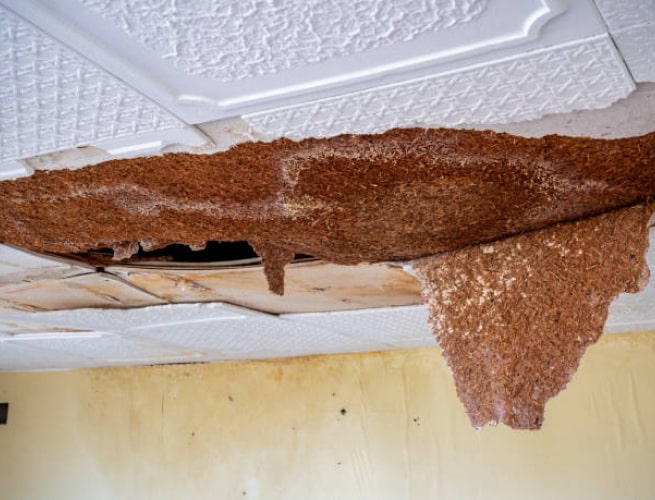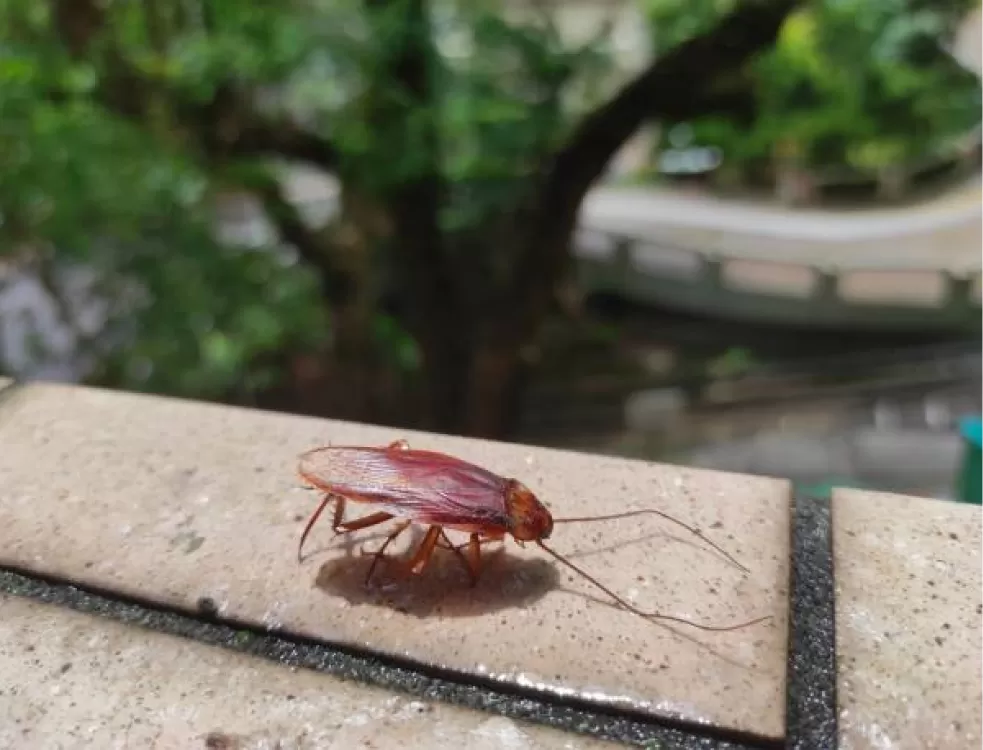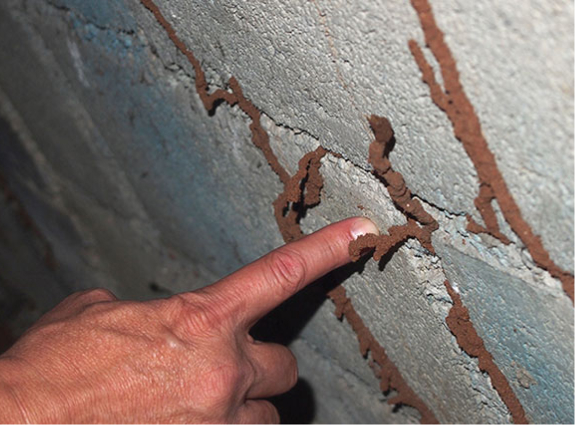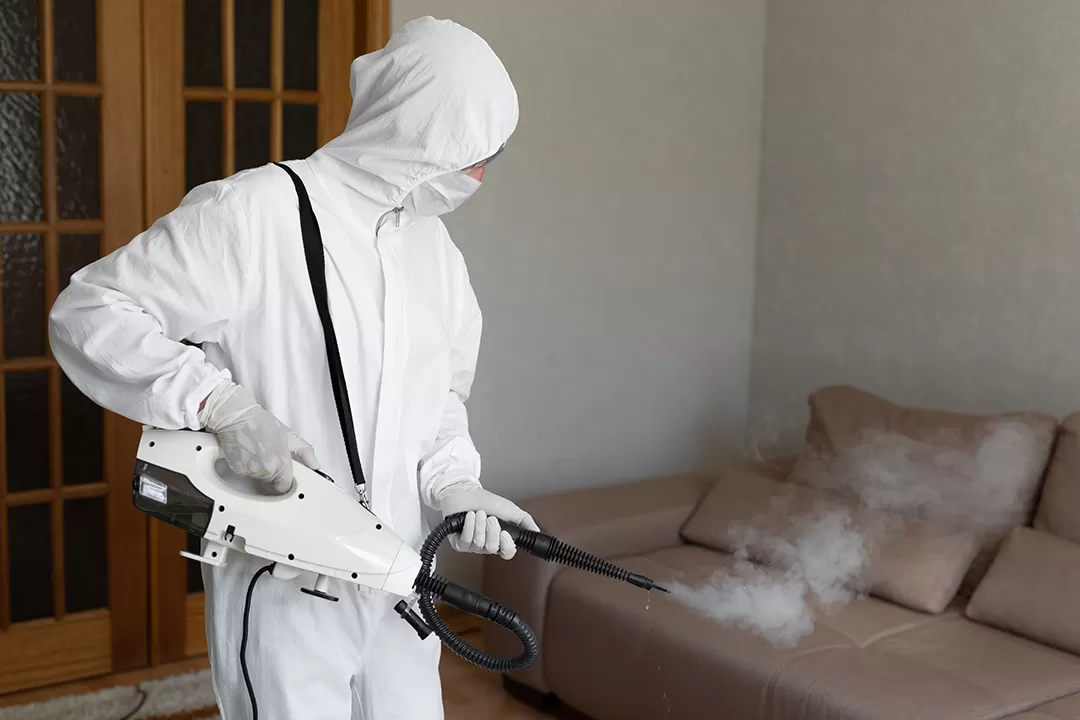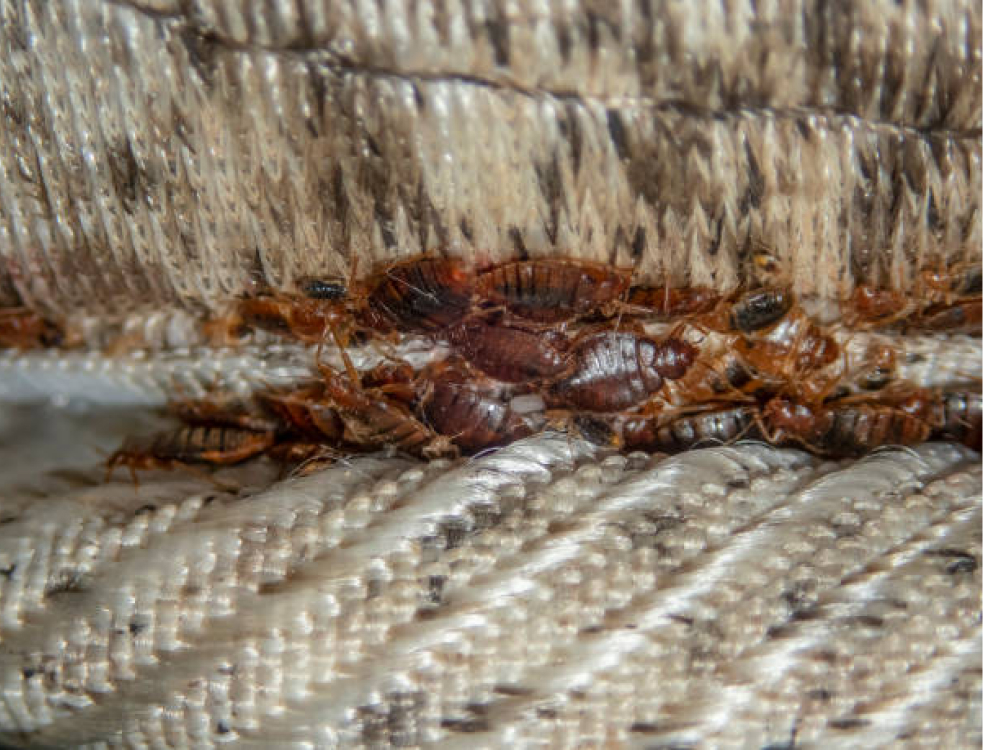One thing that you should know about bed bugs is that they are great hitchhikers. They can easily move from an infested area to a new home by travelling on bedding, luggage, clothes, boxes, and furniture. Although they usually feed on blood every 5-10 days, bed bugs are actually quite resilient – they can survive for months without feeding. With this in mind, bed bug infestations are continuing to grow stronger in numbers with each year that goes by. This could become a problem for you if your home becomes infected.
Bed bug bites can cause things like itchiness and rashes, as well as some severe allergic reactions. Unfortunately, humans can’t really feel these bites, which means that you can be resting peacefully throughout the night but wake up with rashes all over your body. Bed bugs can be found in warm, semi-dark areas, but most commonly in bedding and mattresses. These creatures are nearly invisible to the naked eye. And, they can thrive just about anywhere, no matter how occupied or unoccupied the place is. Now, we’ll go over some tips that should help you identify, remove, and prevent bed bugs from infesting your home!
How to Identify a Bed Bug
Identifying a bed bug can be quite a tricky thing to do sometimes. Since these creatures are small and sneaky, it’s quite difficult to catch an infestation before it becomes an actual problem. But if you DO happen to get a good look at one of these creatures, here’s what you should look for:
- They’re about the size of an apple seed
- Their shape can be long, oval, and flat
- They can be either brown or reddish-brown
- They have two antennae and six legs
Although all of the above-mentioned characteristics are consistent throughout most bed bugs, please note that younger bed bugs or bed bug eggs can be smaller in size and have a milky-white, translucent colour.
Another way to identify a bed bug is to take a closer look at the trail that it leaves behind. If you think that you might be having some uninvited guests inside of your home, be sure to clean your premises thoroughly and change your bedding while looking for the following things:
- Reddish or rusty stains on your mattresses or bed sheets
- Dark spots
- Bed bug bites on your or your pet’s body
While it’s true that a bed bug bite isn’t really the best way to identify an infestation, these creatures’ bites can cause things like welts or rashes, as well as an intense itching sensation, in humans. However, it should also be noted that these bites are not infectious nor do they carry any diseases.
What Causes a Bed Bug Infestation?
Although some people may tell you that a messy or dirty home can cause a bed bug infestation, the truth is that even the cleanest of homes can collect a campground of bugs. That being said, the real problem lies in previously infested people or pieces of furniture. For example, you might have already heard of some hotel guests wanting to move to another room because they had found evidence of a bed bug infestation, haven’t you? The reason for this is that bed bugs can attach themselves to your luggage and travel back to your home without you even suspecting anything.
With this in mind, bed bug infestation can be blamed on things like infested furniture, bedding, clothes, luggage, and boxes. Essentially, anything and everything that provides a source of warmth and access to people can be turned into a home for bed bugs. So, what can you do to prevent bed bugs from entering your home in the first place? Read on to find out!
Preventing Bed Bugs from Entering Your Home
Since previously infested furniture is the number one source of bed bug infestations, there are some important things that you should do if you want to prevent bed bugs from entering your home. Here are some tips from the best pest control specialists in Singapore:
Inspecting Second-Hand Furniture Before Making a Purchase
If you would like to furnish your home without spending a whole lot of money, buying secondhand furniture is one of the best ways to do it. However, you should always do a quick inspection of the pieces of furniture that you’d like to buy before actually finalizing any deals. Also, be sure to never purchase a secondhand mattress. Before placing your newly bought furniture inside of your home, take it to your garage and perform a thorough cleaning on it with some hot, soapy water and a vacuum cleaner.
Inspecting Your Bedding Regularly
Keep in mind that this doesn’t necessarily need to be something you do every single night. Instead, you should only do this either before or after washing your bedding. If you happen to see some signs of a bed bug infestation, remove your bedding from your bed and wash it on the highest heat and cycle setting that your bedding allows you to use. You should also wash any curtains, rugs, blankets, and pillows that have been exposed in your bedroom.
When it comes to both your mattress and your box spring, take them outside and use a scrub brush to brush any bed bugs or eggs out of them. Once you’ve done this, take a vacuum cleaner and thoroughly. Then, clean the entire surface of both your mattress and your box spring. You may then proceed to vacuum your bedroom.
Also, be sure to close both your mattress and your box spring in a tight-fitting plastic covering and leave them outside until the next morning. It might even make you feel more comfortable to completely get rid of your mattress and box spring and invest your money into a brand-new set.
Always Check the Room for Bed Bugs When Travelling
Always check your hotel room for bed bugs before unpacking. Focus all of your attention on the bedding, curtain, and upholstered furniture. If you happen to notice any signs of a bed bug infestation, don’t be afraid to ask for another room.
Don’t bring your luggage into your hotel room unless you are completely sure that the room doesn’t have a bed bug problem. If you think that your clothes might be infected, use a sealed plastic bag to separate the infected clothes from the rest of your things. When you’re back home, use your washing machine to clean the infected clothes.
And don’t forget to inspect your luggage before entering your home. You might even want to go the extra mile by hand washing and vacuuming the luggage. Leave the luggage outside to dry and be sure to inspect it one more time before finally bringing it into your home.
Keeping Bed Bugs Away from Your Home
Some sources say that some scents can keep bed bugs from entering your home. Things like essential oils and other all-natural products are said to affect bed bugs in a bad way. Keep in mind that they might not actually kill them. With this in mind, the following essential oils might do the trick for you:
- Tea tree oil
- Lavender oil
- Peppermint
- Lemongrass
- Thyme
Dilute 10 drops of any one of the above-mentioned essential oils with water and place them in a spray bottle. You may then use this newly created solution to spray all the affected areas of your home. If you continue to see signs of bed bugs inside your home, then your best option would be to contact Aardwolf Pestkare.


